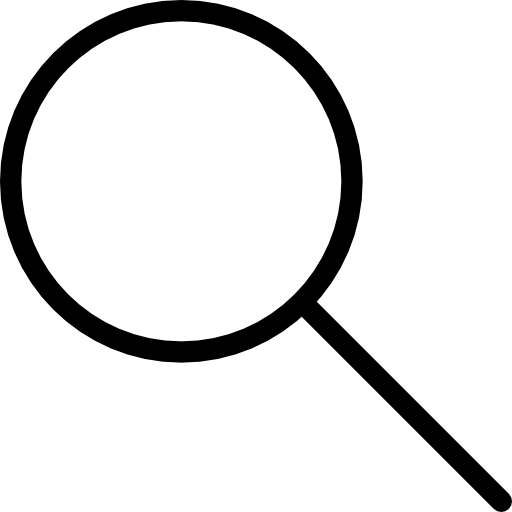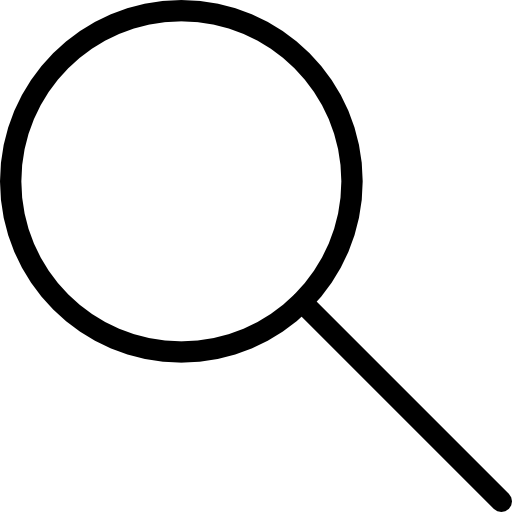Intense pulsed light (IPL)
Intense pulsed light systems are comparable with lasers. Whilst a laser emits a single wavelength, the IPL systems covers a spectrum of different wavelengths. By using different filters it is possible to allow through light that matches the requirements for different treatments.
The most important substances (chromophores) in the skin that are capable of selective light absorption are water, haemoglobin and melanin. When these chromophores absorb light, its energy is changed to heat followed by destruction of the target substance, without damaging the surrounding tissue.
The most important substances (chromophores) in the skin that are capable of selective light absorption are water, haemoglobin and melanin. When these chromophores absorb light, its energy is changed to heat followed by destruction of the target substance, without damaging the surrounding tissue.
more ...
Vascular
Vascular lesions in the face can be effectively treated with IPL. The target chromophore is haemoglobin. These transform absorbed light into heat, which then leads to destruction of the blood vessel without damaging the surrounding tissue.
Indications
- Diffuse redness
- Telangiectasia / couperose
- Rosacea
- Poikiloderma van Civatte
- Hemangioma
- Naevus flammeus (port wine stain)
Pigment
Benign pigmented lesions could be of genetic origin, caused by sun damage or physical damage. The aim of the treatment is to destroy the excess pigment (melanin) existing in the skin tissue without damaging the surrounding tissue.
Indications
- Lentigo solaris
- Poikiloderma van Civatte
- Other pigmented lesions (ephelides)
Before the treatment
- Avoid sun exposure during a period of minimal one month. If that is not possible then it is important to use sun protection of factor 50 or higher.
- Don’t use self-tanners at least two weeks before the treatment.
- The day of treatment: don’t use make up, crèmes and perfume on the area which is going to be treated.
- Please sign the consent, which you can download here.
The treatment
Before we start the treatment there will be a picture taken to better asses the end result. During the treatment patient and practitioner have to wear glasses to protect the eyes. Firstly there will be gel applied on the treatment area after which the IPL is placed on the skin. Every light pulse can be painful, dependent on which area is going to be treated. The pain is compared to snapping a elastic band against skin. However there is no anaesthetic needed and the treatment is tolerated well by patients.
After treatment
You can experience a tingling/burning feeling after the treatment. The skin can also be swollen and red. This disappears in time, usually between a few hours to a couple of days.
There can be change of pigment up to two weeks after the treatment. Sometimes a crust arises on the treated area. It is important not to scratch the crust off.
You have to be extra cautious with your skin. Use for 3 months a high factor sunscreen.
There can be change of pigment up to two weeks after the treatment. Sometimes a crust arises on the treated area. It is important not to scratch the crust off.
You have to be extra cautious with your skin. Use for 3 months a high factor sunscreen.
When to treat?
The treatments with IPL and laser occur between autumn and spring. The treated skin is not to be exposed to sunlight, because of the risk of hyper or - hypopigmentation.
How many treatments?
The amount of treatment varies between patients. In general it will be between one to three treatments. The treatments are done with an interval of one month.
Examples before and after IPL treatment
Pigment lesions
before treatment
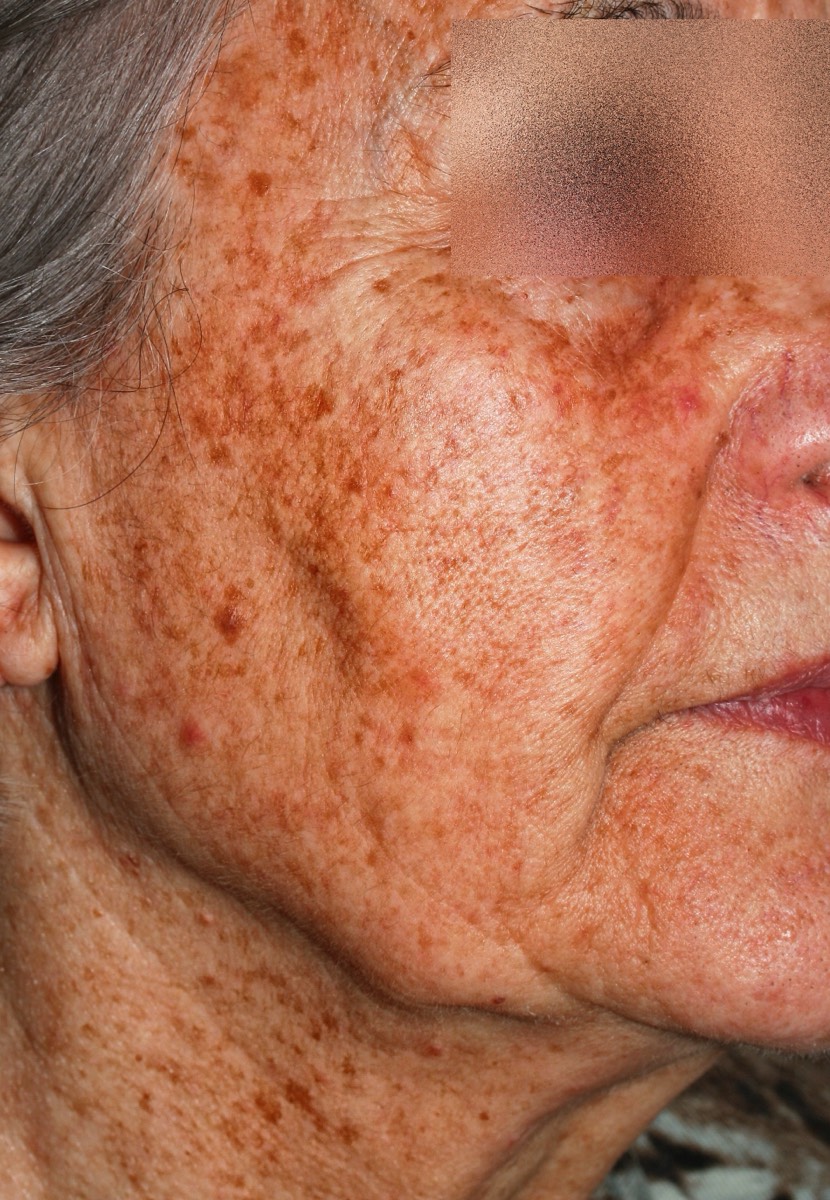
after treatment
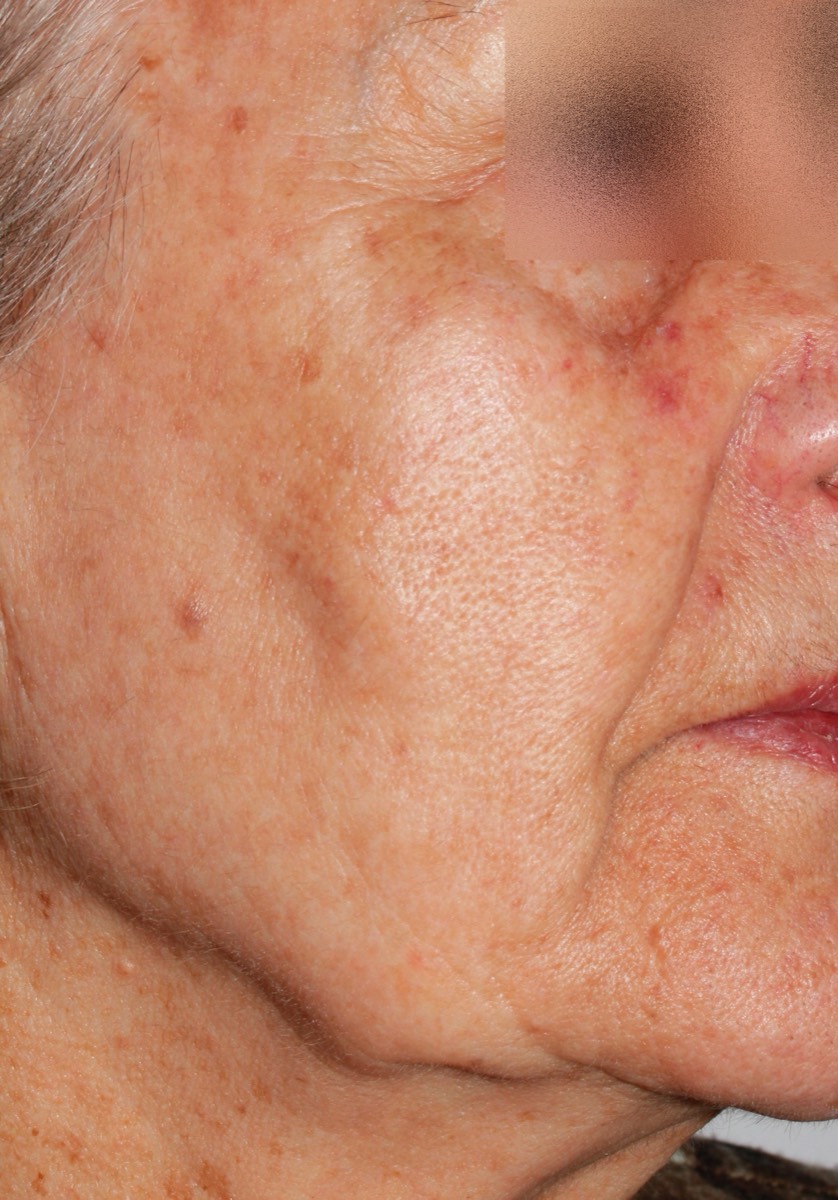
Vascular lesions
before treatment
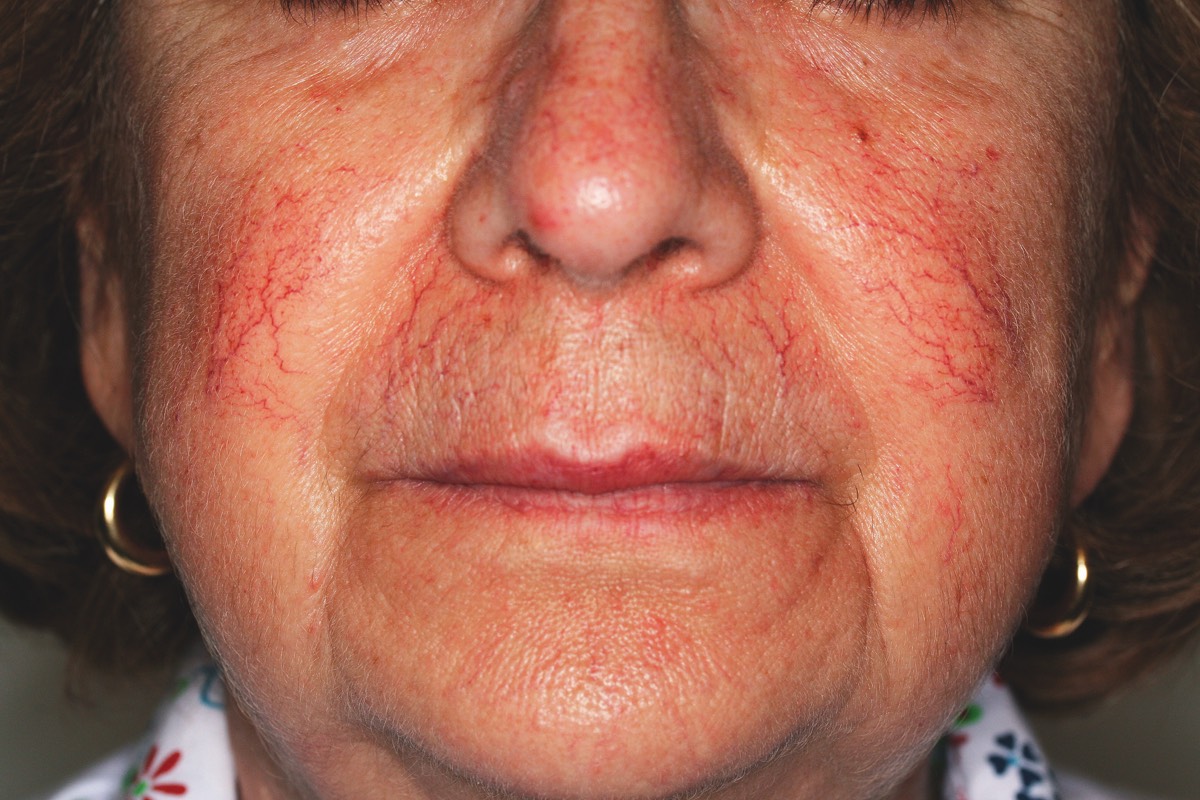
after treatment
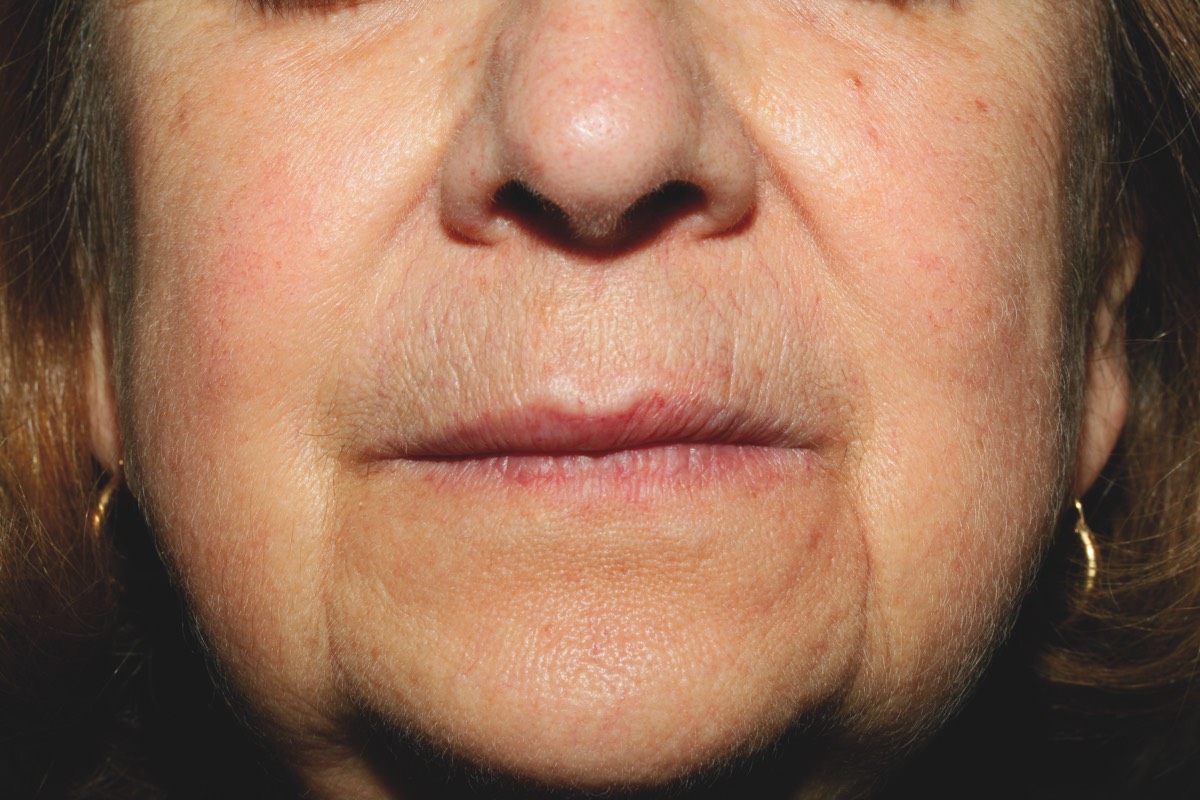
Tarieven
Discover our fees
please see our price list


